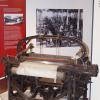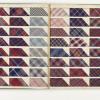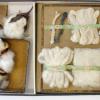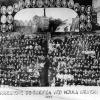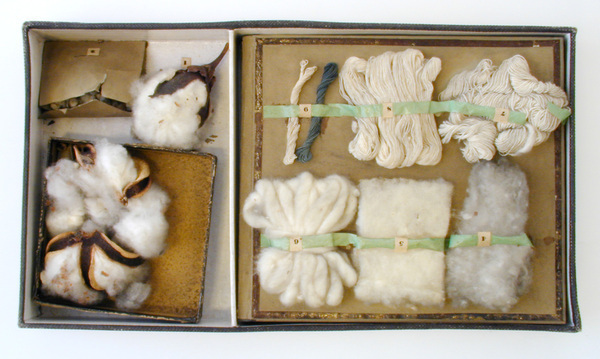Cotton: The fibre of the Industrial Revolution
Cotton was a main raw material of the industrial revolution. Its strong fibres were uniquely suited to the hard mechanical treatment in the spinning machinery.
The fibre was cultivated in the colonies in India and the Middle East and in the USA, where until 1860 it was produced largely by slave labour. The import to Norway went through British and German harbours.
Cotton exists in many qualities. The fabrics might be lightweight or dense. Thin and airy cotton fabrics are ideal for summer clothes and dense wind-proof textiles for stormy autumn days. Cotton fabrics are used for garments as well as interior textiles.
In the 19th Century cotton became fashionable among the Europeans. One reason might have been the exotic quality of the fibre. Cotton was cultivated far away from the European consumers and exported over long distances. Cotton was something new and different compared with traditional wool, used in Europe for centuries. Many physicians warned about medical problems by the use of cotton dresses. Woollen fabrics were presumed to be healthier in our cold and moist weather.
But cotton was impossible to stop. It is still one of the most popular textile fibres in the world.
 Previous Story
Next Story
Previous Story
Next Story
How to cite this page
Tone Rasch, 'Cotton: The fibre of the Industrial Revolution', Inventing Europe, http://www.inventingeurope.eu/story/cotton-the-fibre-of-the-industrial-revolution
Sources
- Farnie, Douglas A. and David J. Jeremy. The Fibre that Changed the World: The Cotton Industry in International Perspective, 1600-1990s. Oxford; New York: Oxford University Press, 2004.
- Grieg, Sigurd. Norsk tekstil, Vol. 1 & 2. Oslo: Johan Grundt Tanum, 1948-50.
- The Cambridge History of Western Textiles. Vol. 2, edited by David Jenkins. Cambridge; New York: Cambridge University Press, 2003.






